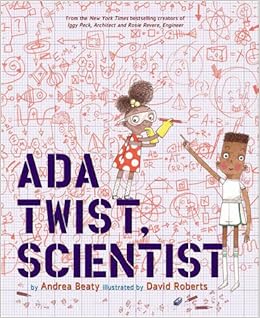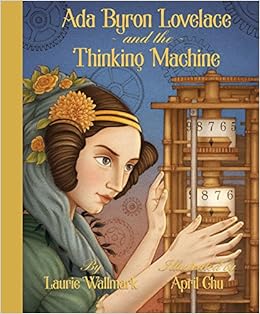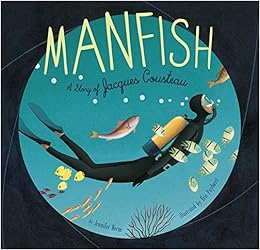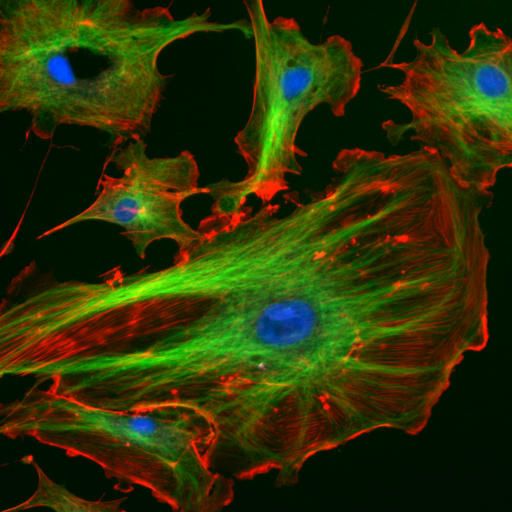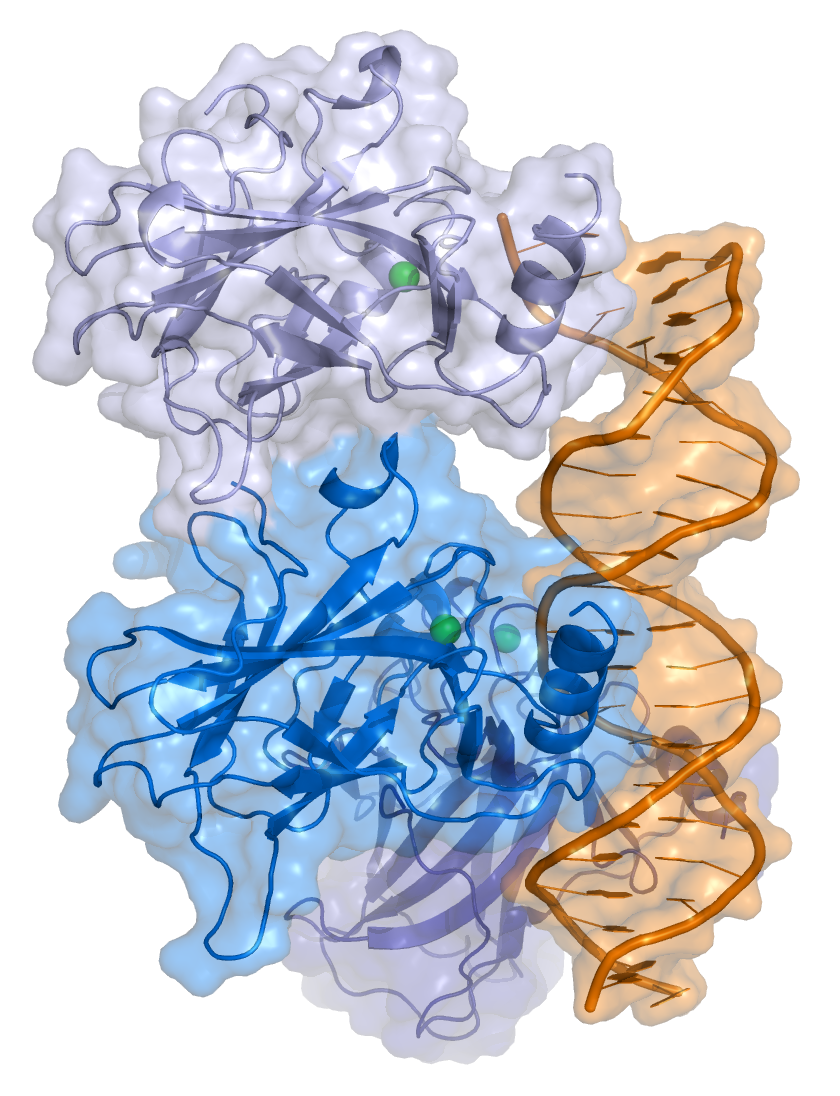In my previous posts about science books for kids, I focused on some of the books about science and scientists that I have read with my son. Along the way, I also found several books that have strong themes for teaching engineering. I read these with my eight-year-old son, but the books are generally appropriate for elementary age children.
 The Boy Who Harnessed The Wind tells the story of a young boy from Malawi named William Kamkwamba, who grew up during a severe drought and famine. These conditions, in combination with his interest in understanding the workings of car engines, led the fourteen-year-old William to design and build a windmill for his village. People were amazed when the young boy was able to power a light bulb with wind power. Now, William is a student at Dartmouth College, where he is studying to be an engineer. The book highlights how solving problems is central to the process of engineering.
The Boy Who Harnessed The Wind tells the story of a young boy from Malawi named William Kamkwamba, who grew up during a severe drought and famine. These conditions, in combination with his interest in understanding the workings of car engines, led the fourteen-year-old William to design and build a windmill for his village. People were amazed when the young boy was able to power a light bulb with wind power. Now, William is a student at Dartmouth College, where he is studying to be an engineer. The book highlights how solving problems is central to the process of engineering.

Whoosh: Lonnie Johnson's Super Soaking Stream of Inventions was a fun story about the man who invented the Super Soaker water gun. I chose this one because my son loves water guns and Nerf guns, and I thought he would like to learn more about the process of inventing these toys. Lonnie Johnson started inventing at a young age; he loved building rockets, which served him well in his job at NASA's Jet Propulsion Lab, where he helped missions for like the Galileo orbiter. In his spare time, Lonnie, who was always building and experimenting, stumbled upon a pump action water gun that would later become the Super Soaker. The story emphasizes the importance of both serendipity and hard work in the engineering process.
Papa's Mechanical Fish is loosely based on the story of Lodner Phillips, who created one of the first modern submarines. The book includes beautiful illustrations to help tell the story of an eccentric father as he tinkers in his backyard workshop to build something new and wonderful. This book highlights the need for problem solving and the process of iterative re-design. Of course, the reaction that people have to Papa's inventions also reminds us that inventors and engineers are often so ahead of their time that they are perceived as a bit mad.

The Glorious Flight Across the Channel with Louis Bleriot: This Caldecott award winner includes lovely paintings that evoke the turn of the 20th century in France. The story follows Louis Bleriot as he builds, tests, and re-builds a variety of airplanes, which he names successively (e.g., Bleiot I, Bleiot II). In 1909, the Bleriot XI flies across the English Channel. Like Papa's Mechanical Fish, this book shows how the engineering process really works, namely how there are more failures than successes.
 Electrical Wizard: How Nikola Tesla Lit up the World tells the story of Serbian-born Nikola Tesla, whose curious mind and interest in electricity led him to discover and design systems to use alternating current electricity. However, Thomas Edison's direct current was the dominant system at the time. This led to a feud between the two inventors and the War of Currents, which culminated in Tesla's lighting up the World's Fair in 1893. Like most of the internet, I side with Tesla in this feud, viewing Tesla as the generous, unsung hero and Edison as the monopolist inventor. In the interest of fairness, I also read Young Thomas Edison with my son. The book details Edison's hard work and cleverness, not really getting into the ugly business with Tesla at all. As a pair, these books underscore the importance of curiosity and perseverance in the process of inventing.
Electrical Wizard: How Nikola Tesla Lit up the World tells the story of Serbian-born Nikola Tesla, whose curious mind and interest in electricity led him to discover and design systems to use alternating current electricity. However, Thomas Edison's direct current was the dominant system at the time. This led to a feud between the two inventors and the War of Currents, which culminated in Tesla's lighting up the World's Fair in 1893. Like most of the internet, I side with Tesla in this feud, viewing Tesla as the generous, unsung hero and Edison as the monopolist inventor. In the interest of fairness, I also read Young Thomas Edison with my son. The book details Edison's hard work and cleverness, not really getting into the ugly business with Tesla at all. As a pair, these books underscore the importance of curiosity and perseverance in the process of inventing.
 The Boy Who Harnessed The Wind tells the story of a young boy from Malawi named William Kamkwamba, who grew up during a severe drought and famine. These conditions, in combination with his interest in understanding the workings of car engines, led the fourteen-year-old William to design and build a windmill for his village. People were amazed when the young boy was able to power a light bulb with wind power. Now, William is a student at Dartmouth College, where he is studying to be an engineer. The book highlights how solving problems is central to the process of engineering.
The Boy Who Harnessed The Wind tells the story of a young boy from Malawi named William Kamkwamba, who grew up during a severe drought and famine. These conditions, in combination with his interest in understanding the workings of car engines, led the fourteen-year-old William to design and build a windmill for his village. People were amazed when the young boy was able to power a light bulb with wind power. Now, William is a student at Dartmouth College, where he is studying to be an engineer. The book highlights how solving problems is central to the process of engineering. 
Whoosh: Lonnie Johnson's Super Soaking Stream of Inventions was a fun story about the man who invented the Super Soaker water gun. I chose this one because my son loves water guns and Nerf guns, and I thought he would like to learn more about the process of inventing these toys. Lonnie Johnson started inventing at a young age; he loved building rockets, which served him well in his job at NASA's Jet Propulsion Lab, where he helped missions for like the Galileo orbiter. In his spare time, Lonnie, who was always building and experimenting, stumbled upon a pump action water gun that would later become the Super Soaker. The story emphasizes the importance of both serendipity and hard work in the engineering process.
Papa's Mechanical Fish is loosely based on the story of Lodner Phillips, who created one of the first modern submarines. The book includes beautiful illustrations to help tell the story of an eccentric father as he tinkers in his backyard workshop to build something new and wonderful. This book highlights the need for problem solving and the process of iterative re-design. Of course, the reaction that people have to Papa's inventions also reminds us that inventors and engineers are often so ahead of their time that they are perceived as a bit mad.

The Glorious Flight Across the Channel with Louis Bleriot: This Caldecott award winner includes lovely paintings that evoke the turn of the 20th century in France. The story follows Louis Bleriot as he builds, tests, and re-builds a variety of airplanes, which he names successively (e.g., Bleiot I, Bleiot II). In 1909, the Bleriot XI flies across the English Channel. Like Papa's Mechanical Fish, this book shows how the engineering process really works, namely how there are more failures than successes.
 Electrical Wizard: How Nikola Tesla Lit up the World tells the story of Serbian-born Nikola Tesla, whose curious mind and interest in electricity led him to discover and design systems to use alternating current electricity. However, Thomas Edison's direct current was the dominant system at the time. This led to a feud between the two inventors and the War of Currents, which culminated in Tesla's lighting up the World's Fair in 1893. Like most of the internet, I side with Tesla in this feud, viewing Tesla as the generous, unsung hero and Edison as the monopolist inventor. In the interest of fairness, I also read Young Thomas Edison with my son. The book details Edison's hard work and cleverness, not really getting into the ugly business with Tesla at all. As a pair, these books underscore the importance of curiosity and perseverance in the process of inventing.
Electrical Wizard: How Nikola Tesla Lit up the World tells the story of Serbian-born Nikola Tesla, whose curious mind and interest in electricity led him to discover and design systems to use alternating current electricity. However, Thomas Edison's direct current was the dominant system at the time. This led to a feud between the two inventors and the War of Currents, which culminated in Tesla's lighting up the World's Fair in 1893. Like most of the internet, I side with Tesla in this feud, viewing Tesla as the generous, unsung hero and Edison as the monopolist inventor. In the interest of fairness, I also read Young Thomas Edison with my son. The book details Edison's hard work and cleverness, not really getting into the ugly business with Tesla at all. As a pair, these books underscore the importance of curiosity and perseverance in the process of inventing. 


